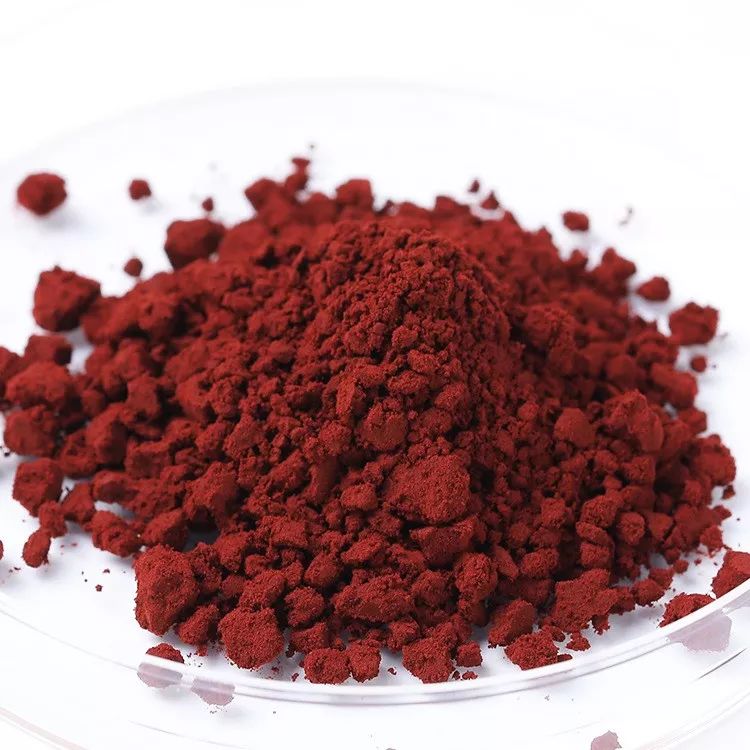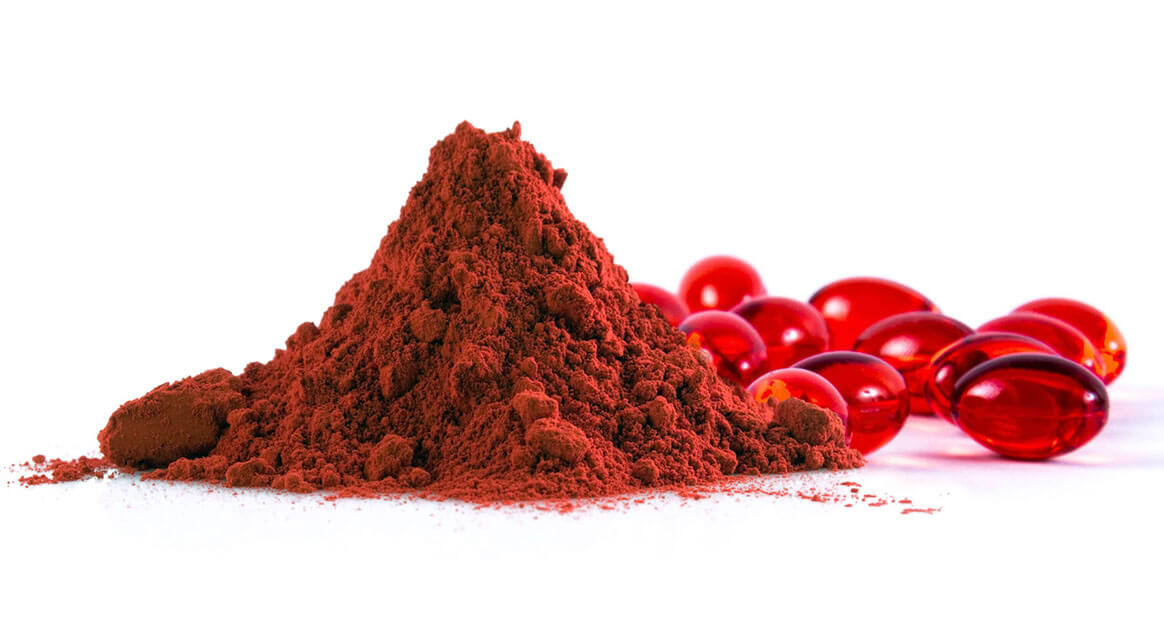Blue spirulina(phycocyanin) is a popular superfood that has taken the health and wellness community by storm. This vibrant blue pigment is derived from blue spirulina powder, a type of blue-green algae that is widely known for its many health benefits. While traditional spirulina is a green color, the blue hue of blue spirulina is due to the presence of phycocyanin, a natural pigment that is rich in antioxidants.
In recent years , blue spirulina supplier spirulina blue has gained widespread popularity in health and wellness circles due to its numerous potential health benefits. From boosting immunity and reducing inflammation to supporting healthy digestion and aiding in weight management, blue spirulina has become a go-to ingredient for many health-conscious individuals looking to optimize their well-being.
In this blog post, we will take a closer look at blue spirulina, exploring what it is blue spirulina, its potential health benefits of blue spirulina, and how to incorporate it into your diet. We will also discuss any potential side effects or precautions to be aware of when consuming blue spirulina, so that you can safely and confidently enjoy this vibrant superfood. So, let's dive in and explore the wonderful world of blue spirulina!
1.What is blue spirulina?
Blue spirulina is a type of spirulina that has a vibrant blue colors due tothe presence of a natural pigment called phycocyanin. While traditional spirulina is green in color, blue spirulina has become an popular alternative due to its unique aesthetic and potential health benefits.
One key differences between blue spirulina and other type of spirulina is its phycocyanin content. Phycocyanin is a powerful antioxidant that gives blue spirulina its distinctive blue color , as well as potential health benefits such as reducing inflammation and protecting against oxidative stress.
In addition to its phycocyanin content, blue spirulina is also a rich source of protein, containing up to 60% protein by weight, This makes it an excellent choice for vegetarians, vegans, and anyone looking to increase their protein intake.blue spirulina powder supplier
Blue spirulina is also packed with other important nutrients, including vitamins B1, B2, and B3, as well as iron, magnesium, and potassium. These nutrients may support overall health and well-being, including maintaining healthy energy levels, supporting immune function, and promoting healthy skin, hair, and nails.
Overall, blue spirulina is a nutrient-dense superfood that offers a wide range of potential health benefits. Whether you're looking to boost your energy levels, support your immune system, or simply add a pop of color to your favorite dishes, blue spirulina is a versatile and nutritious ingredient that's worth exploring.
2. blue spirulina benefits
Blue spirulina has gained a reputation as a powerful superfood that offers numerous potential health benefits, Here are some of the most compelling benefits that blue spirulina may offer:
Anti-inflammatory properties: Blue spirulina contains phycocyanin, a powerful antioxidant that has been shown to have anti-inflammatory properties. This may help to reduce inflammation throughout thebody, potentially lowering the risk of chronic diseases such as heart disease, cancer, and diabetes.
Immune-boosting properties: Blue spirulina is rich in nutrients that support immune function, including vitamins B6 and B12, iron. and zinc. These nutrients may help to strengthen the immune system, potentially reducing the risk of infections and illnesses.
Digestive support: Blue spirulina may help to support healthy digestion by promoting the growth of healthy gut bacteria. This can help to improve nutrient absorption, reduce inflammation in the gut, and support overall digestive health.
Weight management: Blue spirulina is high inprotein and low in calories, making it a great choice for anyone looking to manage their weight. Protein helps to promote feelings of fullness, reducing the likelihood of overeating, while the low calorie content of blue spirulina means that it can be easily incorporated into a healthy diet without adding excess calories.
While much of the evidence for these potential health benefits is still in the early stages, there are several scientific studies that support the use of blue spirulina as a health-promoting food, For example, an 2019 study found that phycocyanin may have anti-inflammatory effects that can protect against liver damage caused by alcohol consumption. Another study published in 2020 found that spirulina supplementation may improve gut health and reduce inflammation inpeople with irritable bowel syndrome (IBS).
Overall, while more research is needed to fully understand the health benefits of blue spirulina , the evidence to the date suggests that it may be an powerful superfood that can support overall health and well -being.
- Use blue spirulina powder as food coloring
In addition to its potential health benefits, blue spirulina has become a popular ingredient in the food and beverage industry due to its vibrant blue color. Here are some of the ways you can use blue spirulina as a food coloring agent:
Smoothies and juices:
One of the easiest ways to the incorporate blue spirulina into your diet is by adding it to your favorite smoothies and juices. Simply blend a small amount of blue spirulina powder with your favorite fruits, vegetables, and other ingredients for an refreshing and nutrient-packed beverage.
Baked goods:
Blue spirulina can also to be used to add a pop of color to baked goods such as cakes, cupcakes, and cookies. Simply add a small amount of blue spirulina powder to your favorite batter or frosting recipe to achieve a vibrant blue hue.
Other dishes:
Blue spirulina can be used to color a variety of other dishes as well, including pasta, rice, and even cocktails. Its versatility makes it a fun and creative ingredient to experiment with in the kitchen.
When using blue spirulina as a food coloring agent, it's important to keep in mind that a little goes a long way. Too much blue spirulina can result in a bitter taste, so it's best to start with a small amount and adjust as need.
Here are some recipe ideas that incorporate blue spirulina:
Blue spirulina smoothie:
Blend 1 banana, 1 cup of frozen blueberries, 1 cup of almond milk, 1 tablespoon of honey, and 1 teaspoon of blue spirulina powder until smooth.
Blue spirulina frosting:
Mix 1 cup of powdered sugar, ½ cups of unsalted butter, 1 teaspoon of vanilla extract, and ¼ teaspoon of blue spirulina powder until smooth. Use to frost your favorite cupcakes or cake.
Blue spirulina pasta:
Cook your favorite pasta according to package instructions, then stir in ½ teaspoon of blue spirulina powder for a fun and colorful twist.
Whether you're looking to boost your nutrient intake or add a pop of color to your favorite dishes, blue spirulina is a versatile and exciting ingredient to experiment with in the kitchen.
Potential side effects and precautions
While blue spirulina is generally considered safe for consumption. there are some potential side effects and precautions to be aware of before incorporating it into your diet.
Digestive issues:
Some people may experience digestive issues such as nausea, diarrhea, or abdominal pain when consuming blue spirulina. This may be due to its high protein content or the fact that it is a source of dietary fiber. To avoid these side effects. it's important to start with a small amount of blue spirulina and gradually increase your intake over time.
Interactions with medications:
Blue spirulina may interact with certain medications, such as blood thinners or immunosuppressants. If you are taking any medications. it's important to consult with your healthcare provider before adding blue spirulina to the your diet.
To safely incorporate blue spirulina into your diet, follow these tips:
Start with a small amount:
Begin with a small amount of blue spirulina and gradually increase your intake over time to avoid any digestive issues.
Consult with your healthcare provider:
If you are taking any medications or have a pre-existing medical condition, talk to your healthcare provider before adding blue spirulina to your diet.
Purchase high-quality products:
Look for blue spirulina products that have been tested for purity and potency from reputable sources.
In summary, while blue spirulina is generally safe for consumption, it's important to be aware of any potential side effects or interactions with medications. By following these precautions and incorporating blue spirulina into your diet in moderation, you can enjoy its potential health benefits and vibrant blue color.
 Losing weight can be a challenging journey, but incorporating a healthy and balanced diet can make all the difference. Blue spirulina is a superfood that has gained popularity in recent years due to its numerous health benefits. It is a type of algae that contains essential nutrients and is known for its vibrant blue color.
Losing weight can be a challenging journey, but incorporating a healthy and balanced diet can make all the difference. Blue spirulina is a superfood that has gained popularity in recent years due to its numerous health benefits. It is a type of algae that contains essential nutrients and is known for its vibrant blue color.
